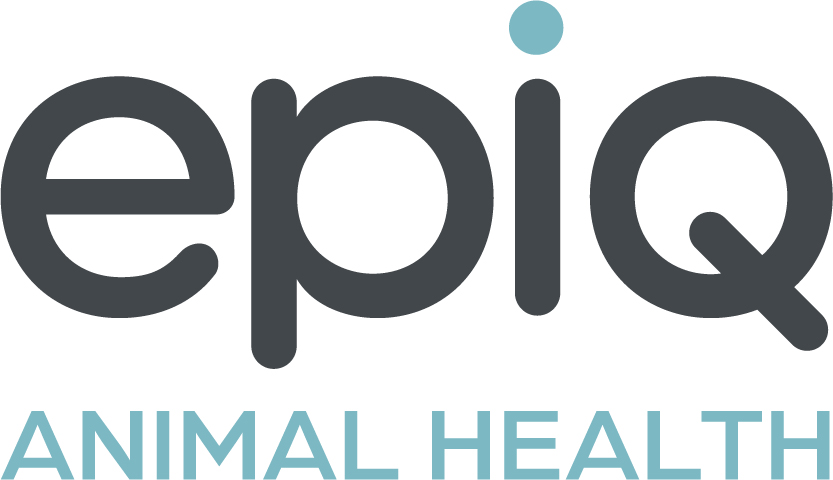Back to Resources
KERAVET® GEL TOP LINE CLINICAL FINDINGS
To show the novel wound treatment KeraVet Gel is superior to standard of care for preventing licking behavior and improving wound outcomes in a randomized controlled clinical trial.

KERAVET® GEL TOP LINE CLINICAL FINDINGS
- Significantly less wound edema
- Significantly less chronic inflammation
- 85% reduction in wound licking
KERAVET® GEL CLINICAL STUDY ABSTRACT
Objective
To show the novel wound treatment KeraVet Gel is superior to standard of care for preventing licking behavior and improving wound outcomes in a randomized controlled clinical trial.
Animals
Thirty-four (34) healthy dogs and 12 healthy cats underwent ovariohysterectomy or orchiectomy procedures, and 6 healthy dogs received a repeat tape-strip insult to both forelimbs. All procedures were non-terminal.
Methods
This was a prospective, randomized controlled study that consisted of three cohorts of animals. In the first cohort (dog healing efficacy study), 16 male and 18 female mongrel beagles (34 total) received an ovariohysterectomy or orchiectomy where the incision was 5 cm ± 1 cm and was closed with 6 ± 1 interrupted skin sutures. Animals were randomized to receive either KeraVet Gel or Triple Antibiotic Ointment, which was applied twice a day for 7 days. Animals were then followed without treatment until day 14 post-surgery, at which point a 6 mm biopsy punch was collected across the incision site for histological assessment. In the second cohort (dog behavioral study), 6 mongrel beagle dogs had both forelimbs shaved, then received tape-strip abrasions on both limbs. Limb abrasion sites were randomized to receive either KeraVet Gel or Triple Antibiotic Ointment once a day. After treatment, each dog was observed for 5 min, and the time / location of licking was collected. Licking behavior was assessed on day 0, 1, and 2; the forelimbs were re-shaved and licking was assessed again on day 14, 15, and 16. In the third cohort (cat behavior and efficacy study), 12 female cats received ovariohysterectomy where the incision was 2 cm ± 1 cm and was closed with 3 ± 1 interrupted skin sutures. The methods for the cat study were the same as in the dog efficacy study, with the major exception being that licking behavior was assessed after each treatment for the first 7 days. Healing efficacy in both dogs and cats was assessed using clinical observations and histology using H&E, Masson’s trichrome, Picro Sirius Red, and IHC stains for CD3e (T-cell) and CD68 (M1 macrophage).
Results
The results of this study show that in dogs, wounds treated with KeraVet Gel exhibited significantly less edema and chronic inflammation than wounds treated with Triple Antibiotic Ointment, and in cats KeraVet Gel exhibited significantly less edema than wounds treated with Triple Antibiotic Ointment (chronic inflammation reduction was close to significant at p=0.07). In Figure 1, representative images show the typical wound healing progression in both treatment groups from the cat ovariohysterectomy study, and in Figure 2 images from the dog ovariohysterectomy (2A) and orchiectomy (2B) studies are shown. Note the improved wound healing outcomes in the KeraVet Gel treated animals compared to control. Licking behavior was assessed in both dogs and cats for 5 min post-treatment and is shown in Figure 3. Data shows that dogs licked Triple Antibiotic Ointment an average of 5.7 s, versus KeraVet Gel at 0.8 s (a decrease of 85%) and cats licked Triple Antibiotic Ointment an average of 17.5 s, versus KeraVet Gel at 2.3 s (a decrease of 87%). Additionally, both treatments showed equivalent post-surgery infections (0% in both).
Conclusion
This study shows the significant clinical benefit KeraVet Gel provides to reduce licking behavior and to positively support improved healing outcomes.

Interested in partnering with us?
Get in touch with us and learn how we can support your vision.
